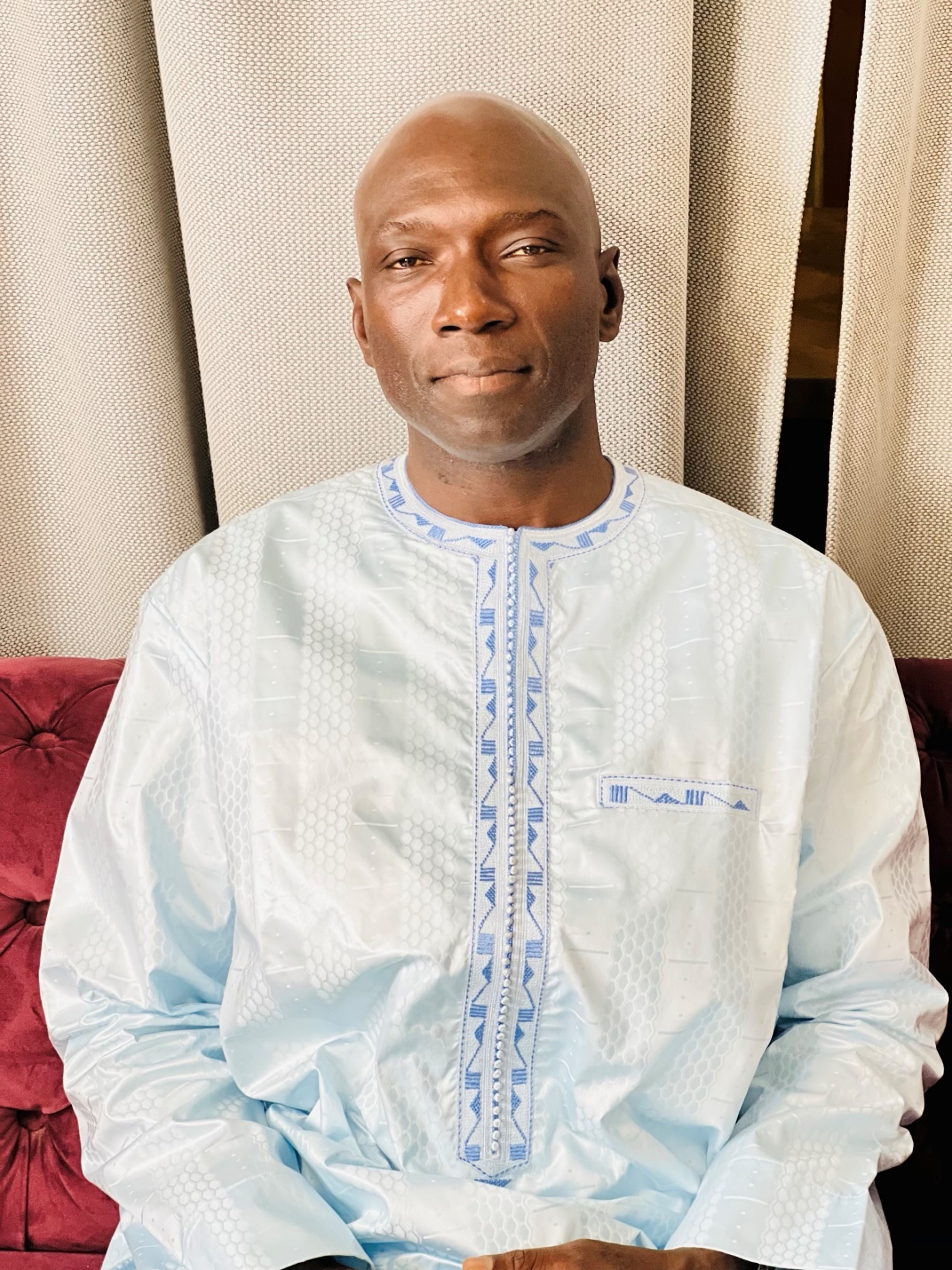Dr. Ousman Gajigo
Last week, the Monetary Policy Committee (MPC) of the Central Bank issued a press release on the state of the Gambian economy. The press release tried hard to spin a positive narrative. Unfortunately for the government, facts can be very stubborn. While the Central Bank desperately tried to project a certain image, the reality tells a different story.
After given a rundown of global trends, the press releasefocused on the country started by claiming that “…the Gambian economy continues its resilience”. The presence of this phrase alone should remove any confidence one has on the credibility of the body to talk objectively about the Gambian economy. The problem here is that our economy, whether currently or over the past couple of years is anything but resilient. Resilience entails the ability to withstand shocks.
The growth rate of the Gambian economy is self-evidently far from impressive and it is precisely due to its lack of resilience. The Gambia’s GDP growth rate of 5.2% in 2023 may sound impressive until you notice that on a per capita level, this comes out to about 2.3%. This gives more useful information about the performance of an economy at the level of individuals, which is where our focus should be. Indeed, over the past 7 years, the average per capita GDP growth rate of the country is less than 2%. At this rate of growth, the Gambia will not reach the status of lower-middle income country category even after a generation. There is nothing to be proud of in this reality.
It is actually quite easy to explain why the Gambian economy under Adama Barrow is far from resilient. Structurally, themajor sectors through which we experience frequent shocks to the economy are the agriculture and tourism sectors. Because our agriculture is rainfall dependent, anytime rainfall shocks happen through droughts, our economy takes a big hit. Similarly, anytime the tourism sector feels a shock through falls in tourist arrivals, our economy takes a dive.
Just because rainfall is a natural phenomenon does not mean that our economy’s extreme vulnerability to its shocks is pre-ordained. Far from it. Our economy is vulnerable to its shocks simply due to the lack of investments in irrigation infrastructure. The primary indicator of the low priority given to the agricultural sector – which ensures the continued vulnerability of our economy to rainfall shocks – is the absence of any allocation to agricultural infrastructure in the national budget. If one looks at the 2024 budget, it is easy to verify that the minuscule investments in agricultural infrastructure all comes from projects that are conceived, designed and funded by donors. There is almost no investment at all from the central government in developing the agricultural infrastructure of the country. This means that this government has no plan to move the country from a rainfall dependent agriculture, which means our economy will remain non-resilience to even minimal shocks. In fact, there is a significant deterioration of agricultural infrastructure as evidenced by the fact the irrigation infrastructure that were developed during the Jahally Pacharrproject by the African Development Bank in the 1980s have crumbled.
One of the obstacles underlying the lack of development in agriculture is the failure of policymakers in appreciating the fact that development of a critical sector has to be domestic-led. It is impossible to truly develop a major sector if the sole source of financing is from projects as is the norm in the management of the agricultural sector by our policymakers. These donor-funded projects only last for a few years, and arrive with no inherent sustainability features. For a sector as central to the Gambian economy as agriculture, funds from donour-funded projects should be complementary to resources that our own government allocates to the sector. More importantly, these limited-duration projects should have goals that are situated within a broader and more long-term but nationally-determined strategies.
Our tourism sector is non-resilient for a different reason. It largely results from the lack of imagination of public officials onhow the tourism sector can be made to contribute to national development. Since its emergence, the Gambian tourism is characterized simply by short visits of holiday makers to the country who stay on the beach for a period of 1 to 2 weeks on average. This has not changed from the 1970s. The only thing that has changed is the gradual increase in the number of visitors. But this increase is inevitable simply from the rise in disposable of countries where these vacationers originate, not due to any policy or strategic initiatives by our policymakers in the tourism sector.
A major factor behind the inherent vulnerability of the tourism sector is the lack of diversity of what the country officers visiting tourists. The main Gambian draw of tourists is our proximity to Europe, abundance of sunshine during European winter and relatively low-cost. But a close look at these advantages should immediately make it clear that these are not robust foundations for a sector since they are not features exclusive to The Gambia. Any number of coastal West African or Mediterranean countries have these advantages. Given that there are hardly any efforts by Gambian policymakers to attract visitors on factors beyond these basic features, the countrybecomes easily substitutable by other countries. Hence, the Gambian tourism sector remains highly vulnerable to even minor shocks. What the country needs are unique draws that are not easily substitutable by other countries, as well as being attractions that widens the tourism season. And we have no shortage of these.
With these structural problems in place, our vulnerability to other shocks such as international commodity price becomes not only unavoidable but more acute. They become unavoidable not due to any inherent supernatural forces but simply as inevitable results of policy decisions by Gambian government officials. To see this concretely, consider agriculture. Because of the lack of investments in irrigation, our agricultural productivity in all cereals is low and we are therefore forced to import what we can actually produce locally. So anytime there are international price increases in rice, we face the full effects directly due to the fact that we import about 90% of the rice we consume. In other words, our exposure to rice price shocks is the direct consequences of the government’s failure to invest in agricultural infrastructure. It is comical for the Central Bank to refer to the “resilience” of the Gambian economy with these well-known realities.
The MPC press release also tried to make a big deal about The Gambia having high international reserves that can cover 5 months of imports. On the surface, this may sound impressive until one goes deeper. In fact, the actual reality about international reserves in The Gambia is a sad affair. The current purported level is simply a mirage. The Gambia recently received almost $ 85 million in special drawing rights (SDR) from the IMF. The arrival of this international reserves had nothing to with any decisions by the Barrow government. Every country simply received the amount that it was allocated, just like other countries.
The typical sources of international reserves is trade surplus and possibly gold reserves or some international transfers. Thecountry’s trade deficit under Adama Barrow has been increasing each year and has now reached a level it never did since the country was founded. A widening trade deficit is a drain on our international reserves because we need it to pay for our ever-increasing imports. But guess which factor is the main driver of our trade deficit? If you guessed agriculture, you are right. As one can see again, our lack of investments in agriculture, which forces us to imports more than what we can export, is one of the major drains of our international reserves. Our government compounds the above problem by facilitating imports of connected rice importers through Central Bank, while ignoring the agricultural sector.
So, what has been consistently helping to build our international reserves over time is remittances. But remittances are sent by Gambian nationals from abroad and it is not due to any fiscal or monetary policy decisions by the Adama Barrow regime. In other words, all the factors that contribute positively to the accumulation of international reserves such as SDR allocation and remittances have nothing to do with the Adama Barrow government or the Central Bank. On the other hand, the factors under the direct control of the government in general or the Central Bank in particular have actually decreased our international reserves.
So, please decide for yourself whether the government is justified in the narrative it was trying to present in the MPC’s press release.





